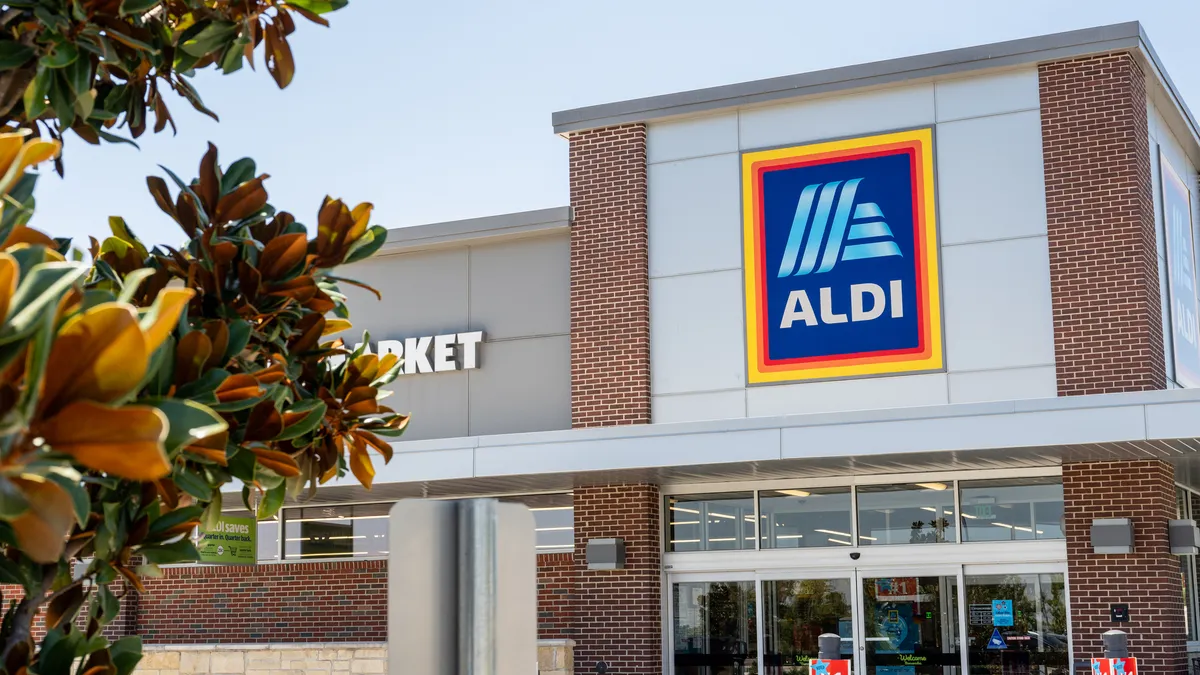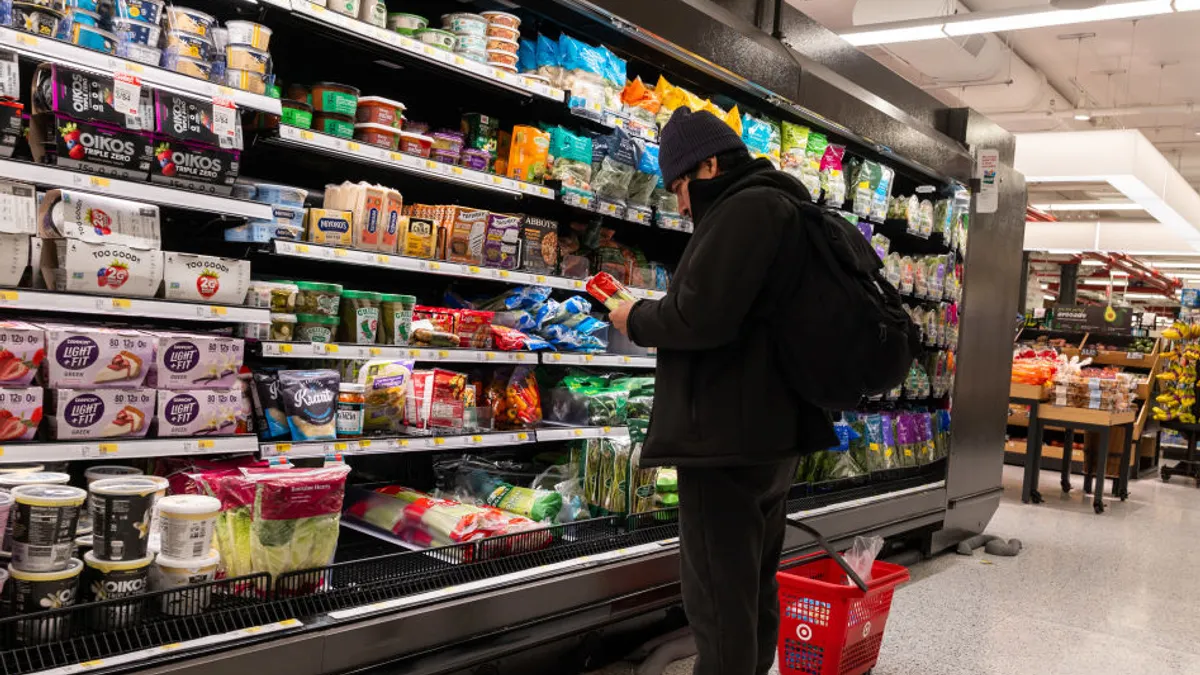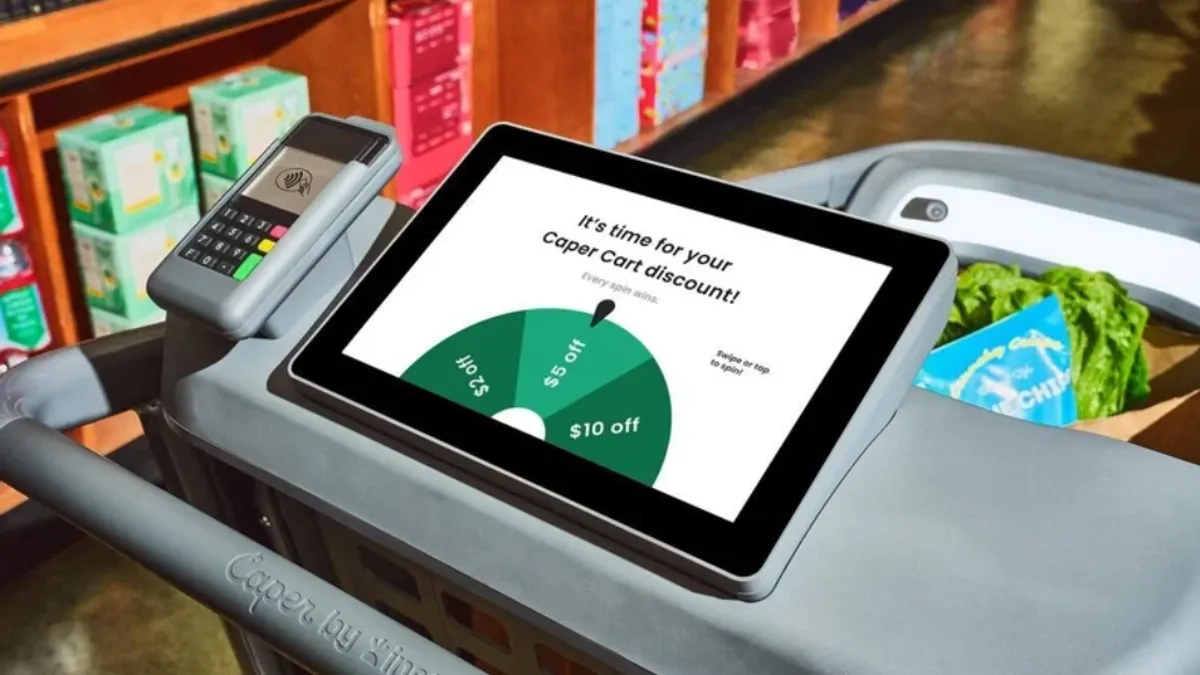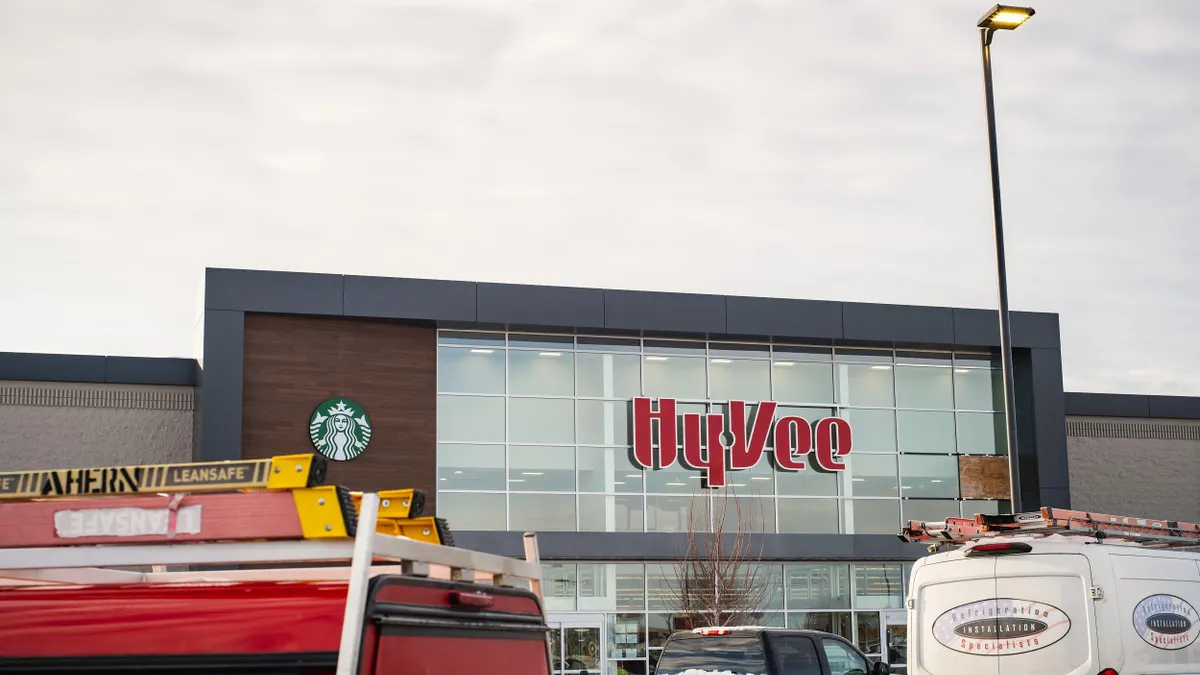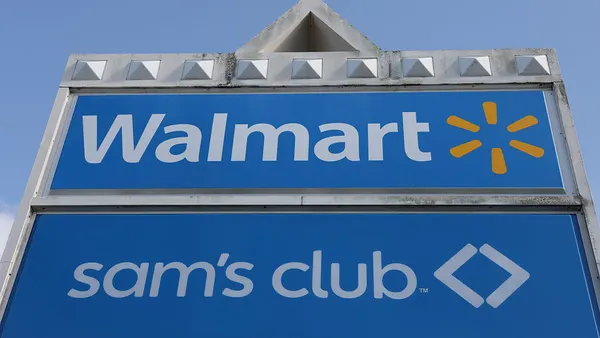Pardon the Disruption is a column that looks at the forces shaping food retail.
“Could Aldi’s supermarkets conquer America?”
That’s the headline of a story that ran in The Economist last week. When I first read it, I thought it was another sensational bit of display copy from a major news outlet that had parachuted into a prominent industry narrative.
But then I quickly found myself wondering: Well … maybe they could.
The reason for this is that Aldi looks to be unstoppable right now. Several years after igniting its rapid growth-and-remodeling phase and several months after audaciously acquiring the struggling Winn-Dixie and Harveys Supermarket chains, Aldi has mapped out another ambitious growth and evolution strategy for the next few years. Between now and the end of 2028, it wants to increase its store count by about one third, to roughly 3,200 locations.
The growth numbers actually aren't what’s most notable about Aldi’s future plans. The discounter has been regularly opening more than 100 new stores annually, making it the fastest growing grocer by store count in the U.S., and its updated plan, which incorporates a chunk of stores Aldi acquired from Southeastern Grocers and plans to rebrand, continues that trajectory.
What’s most interesting about Aldi’s plan is the way it’s evolving to reach a broader segment of American consumers. The discounter has traditionally put down stores in areas that aren’t as densely populated as the ones large supermarkets tend to focus on, and that typically serve middle and lower-income households, said John Clear, senior director with Alvarez & Marsal.
Winn-Dixie stores, however, are located in prime locations that serve higher-income households used to doing full-basket shops instead of the top-up trips that are Aldi’s specialty.
In the Northeast, where Aldi also plans to open more stores in the coming years, it faces a different challenge, Clear told me. The region is jam-packed with strong, long-serving players, meaning Aldi will need to elbow its way further into the market and fight hard for wallet share.
“I think Aldi has the reputation of just being a quote-unquote ‘low cost, low income retailer' and what they're really displaying is that they can serve multiple customers and multiple brackets in multiple ways,” said Clear, who knows a thing or two about discounters, having spent more than a decade working for Lidl, including more than five years with Lidl US.
He continued: “I think that will be worrying for a lot of retailers across the country like traditional retailers.”
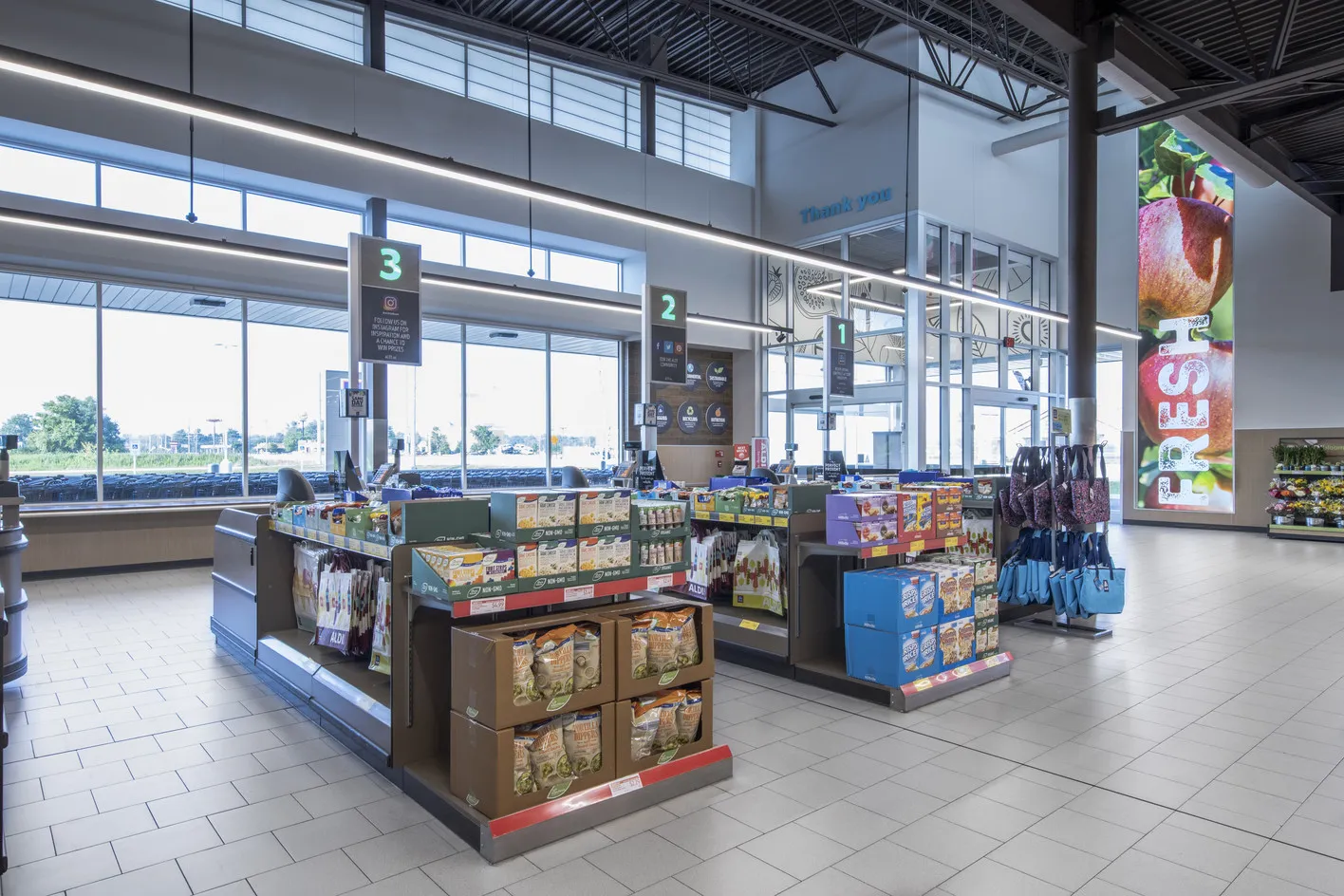
Other low-price, efficiency-obsessed retailers like Walmart, Dollar General, Costco and Grocery Outlet have also gained market share recently and are looking to slingshot out of this extended period of high inflation.
These companies have whittled their operating costs down and eliminated the tradeoffs that people feel they have to make to shop at value retailers. Walmart is remodeling hundreds of stores over the coming years and has reignited supercenter growth after a two-year hiatus. Consumers earning between $100,000 and $150,000 accounted for 15% of the chain’s traffic last year, according to Placer.ai data cited by Bloomberg — second among income brackets only to those making between $50,000 and $75,000.
Expansion, efficiency, improved experience — discount players are doing it all right now. Grocery Outlet recently added online shopping and is expanding its assortment of specialty goods, while Dollar General now offers fresh produce at more than 5,000 stores. Dollar Tree, eager to join this climb up the income ladder, is adding goods that cost $7.
Executives at these full-service grocers are well aware of this threat that discount retailers pose. It’s the reason Kroger and Albertsons are aiming to merge. And it’s why we’re seeing companies like Schnuck Markets and Wakefern Food Corp. moving faster to test out tech innovations and new store concepts.
But the adaptability and growing omnichannel focus of discount retailers means those grocers’ playbooks need to adapt. As someone who closely follows industry developments, I still see too much sameness, entrenched thinking and piggybacking on other grocers’ advancements.
Here are a few thoughts on the fast-changing threat discount grocers face and how full-service companies can meet the challenge.
Don’t get pulled into a pricing fight. But do update your pricing strategy.
Discount retailers have in recent years forced many grocers to compete more on price than they’re comfortable with. Grocers have to be careful here: They can’t go toe-to-toe on price with Walmart or Aldi, but they’ve also had to make significant changes or risk losing price-sensitive shoppers.
Grocers have leaned on their loyalty programs to communicate value, and I expect we’ll see more of that in the near future. Ryan Draude, director of loyalty with Giant Food, recently told my colleague Sam Silverstein that the company is thinking about ways to reward shoppers and keep them shopping in its stores.
“It’s become so much more of a value-driven environment with the changes to the EBT and SNAP benefits and inflation at record highs, so if we can hold on to customers [by] rewarding them for the right purchasing behavior, those things are critical to help us succeed,” Draude said.
Retailers can communicate that they’re serious about low prices and also make loyalty members feel special. Hy-Vee touts “exclusive prices” for its Perks loyalty program and has a Perks Plus paid membership tier that offers additional discounts, free delivery and fuel savings.
Whole Foods Market, which is not a chain known for low prices, has deal tags all over its stores and displays Prime member savings on its receipts. I recently saw savings of around 11% of my total basket when I shopped there recently, which felt significant.
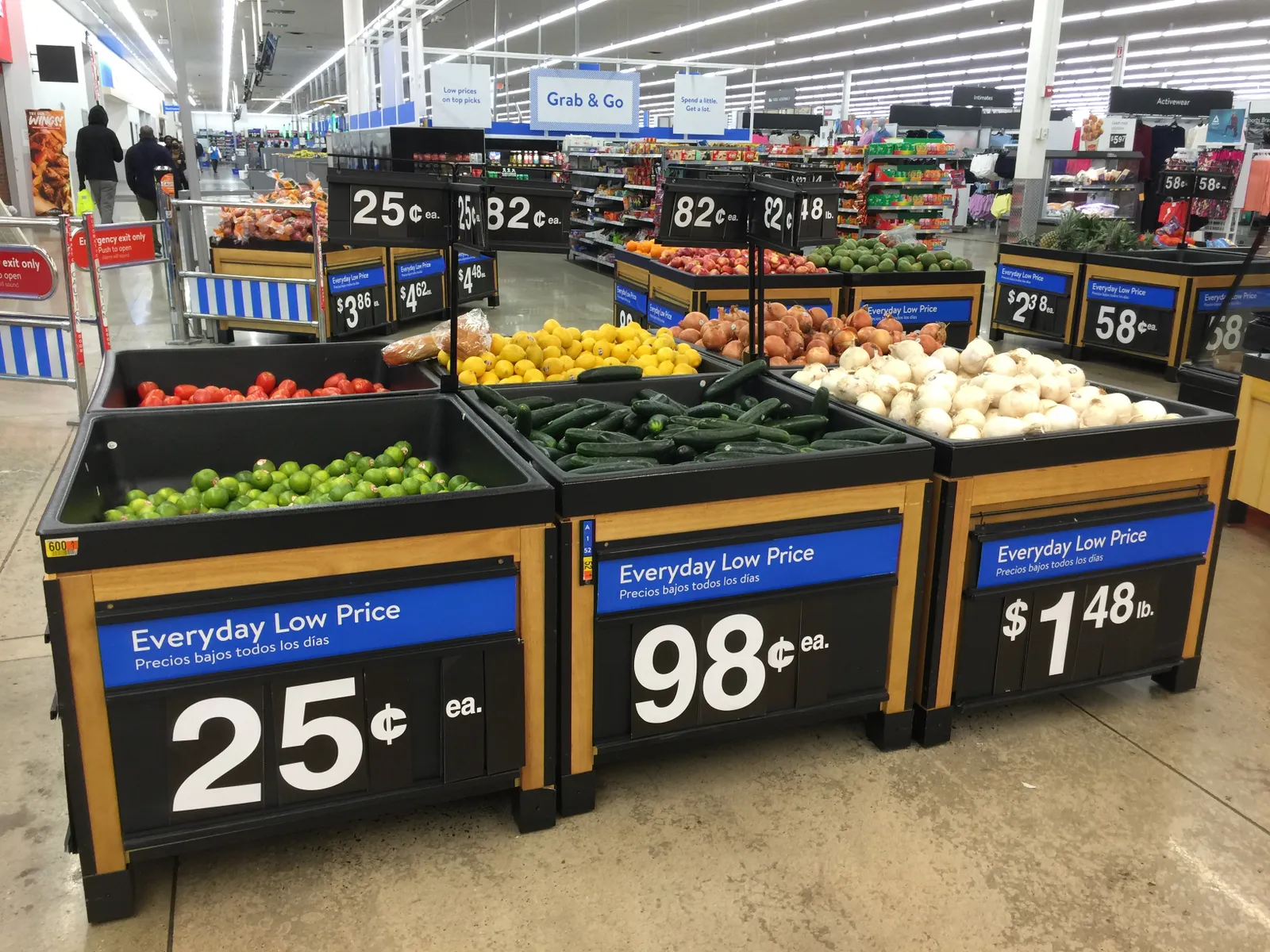
Dig deeper to figure out what sets you apart
What makes a particular grocer special?
Companies know they need to have an answer to this question in order to stand out in what’s become an overcrowded industry. Many want to be known for their fresh products. Kroger’s tagline is “Fresh for everyone” and Amazon named its grocery service Amazon Fresh. While a host of other grocers have invested in making sure their fresh departments stand out, discount retailers have upgraded their fresh departments too, meaning grocers need to dig deeper to find what sets them apart.
Publix, H-E-B and Wegmans — three chains that are respected across the industry and beloved by shoppers — all stand for something that’s unique and hard to replicate. With Publix, it’s top-notch customer service, while Wegmans offers an enticing lineup of meal options. H-E-B is exemplary for its ability to cater its assortment to each market where it operates, noted industry consultant Diana Sheehan.
“The stores they’re building in Dallas versus the stores in Houston versus the stores where I grew up, in Corpus Christi, are all drastically different because the populations are different,” Sheehan, who is principal and CEO of PDG Insights, said about the Texas-based chain.
While grocers have made great strides in ushering unique products into their stores from adding more private label to sourcing local and emerging brands, I don’t think grocers have done as good a job of making sure they’re putting the right products in front of shoppers on a market-by-market basis.
Many retailers now operate centralized buying and decision-making systems, which has improved efficiency but also crimped their ability to tailor their assortments, Sheehan said.
Local managers need to have a greater say over what gets stocked in their stores, Sheehan noted. Retailers also need to revisit their core processes around stocking and sourcing, look for ways to increase flexibility and prioritize winning customer loyalty.
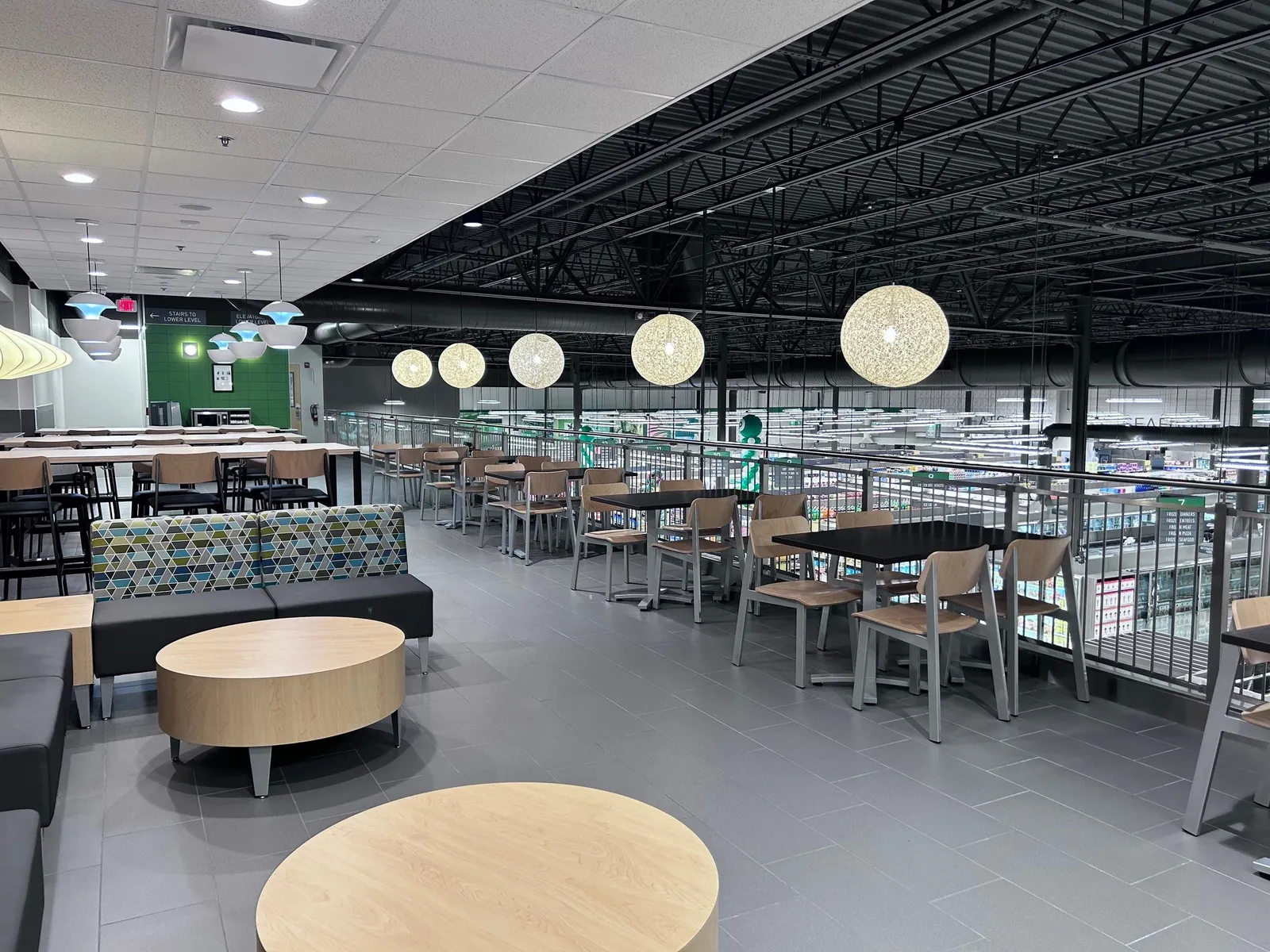
Lean into services and experiences…
Some of the core elements of the supermarket shopping experience — including service departments and foodservice options — are elements that discount retailers can’t or won’t replicate.
So lean in! That’s what Publix is doing. Its newest supermarket prototype is larger than its legacy format and features more experiential touches, like outdoor seating, multiple food bars and an adjacent alcohol shop.
The small store size of discount grocers like Aldi, Lidl and Save-A-Lot has clearly resonated with U.S. shoppers. But people also like the convenience of finding everything they need under one roof. Publix’s new supermarket format debuted not too long after the company ended its experiment with small-format Greenwise stores, deciding that it would be better to incorporate the best parts of those locations into its full-size shops.
…but also make stores more convenient to navigate
Although supermarkets are convenient for large-basket shopping, they are still a pain to visit for the sorts of fill-in trips where Aldi excels.
I’ve been saying for a while now that traditional grocers need to do a better job of catering to multiple types of trips. The need to better fulfill small-basket shops is only going to grow.
A lot of supermarkets have launched “instant needs” online shops that provide a curated selection of fast-moving goods. Why can’t that be replicated in a physical store environment?
And can retailers also please revise the now-outdated strategy of placing milk exclusively at the back of the store? The same goes for prepared foods and other impulse purchases beyond candy and beverages, which are often positioned at checkout. Yes, the long journey through the store can spur add-on purchases — but it can also motivate shoppers to just visit a discounter, restaurant or convenience store instead.



